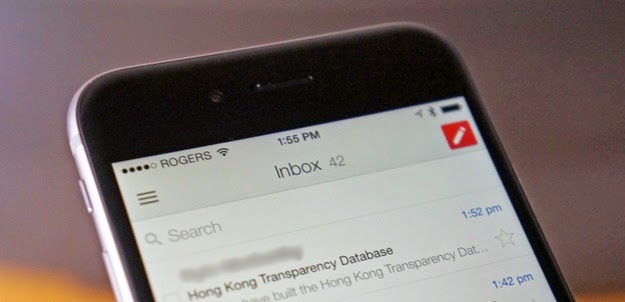Cats, take notice: Study looks at how curiosity works
The Washington Post
Why are you reading this story? Probably no one is paying you or forcing you to read it against your will. Chances are, you are curious.
Curiosity, that thirst for information, is largely a scientific mystery. How and why it gets triggered is not entirely understood, but a study has discovered similarities in brain activation between a state of curiosity and the anticipation of rewards such as food or money.
In addition, it appears that being on a “curiosity high” can facilitate learning.
“Things that you’re interested in, you learn better, which is not very surprising,” said study author and psychologist Matthias Gruber of the University of California at Davis. “But if somebody remains curious for a specific time, would he learn better in general?”
The answer may be yes, according to his findings, which could have important implications for better teaching methods and understanding neurological disorders that affect learning and memory. The study was published online Thursday in the journal Neuron.
Participants were asked to rate trivia questions covering a variety of topics (including science, TV shows and politics) based on how curious they were to know the answers. Each individual then went into an MRI scanner where the questions appeared on screen. For example, “Who was the president of the U.S. when Uncle Sam first got a beard?”
There was an anticipation period of 14 seconds before the answer was given (“Abraham Lincoln”). While the subject waited for the answer, a photo of an unrelated face popped up. Gruber and his colleagues wanted to see whether being in a state of curiosity could help participants remember any material, such as the faces, not just the topics of interest.
Immediately afterward, participants were given pop quizzes. The first asked them to recall the answers to the trivia questions they had just seen — as expected, they did better on the high-curiosity questions. Next, participants were given a memory-recognition test in which a face was shown and the subjects were asked whether they had seen it during the experiment.
“Faces that were presented during a highly curious state — those faces were remembered better,” said study author and neuroscientist Charan Ranganath at UC-Davis. “That was really the most surprising part.”
Follow-up tests on trivia and faces the next day replicated this same trend. The observed memory benefits were supported by brain activity in the hippocampus, an area of the brain important for forming new memories.
Curiosity seems to place a stamp of importance on certain pieces of information that fly by, and the brain stores them away for safekeeping. But this link between curiosity and memory may even extend beyond the topics that people find fascinating, to any material processed while in a curious state of mind.
The MRI results also showed that the 14-second-long anticipatory period — but not the answer itself — caused a spike of activity in brain areas linked to motivation, reward and dopamine release.
Dopamine is a neurotransmitter that is released by neurons in the midbrain in response to unexpected rewards. For rats, it might be a drop of sweet fruit juice. For humans, it could be money or a drug of choice. It has been called the pleasure chemical, but in reality dopamine is much more complex.
“Dopamine is released whenever you get news that you’re going to get a reward,” said Columbia University neuroscientist Jacqueline Gottlieb, who was not involved in the study. “It’s not actually getting the reward, but it’s the information that you’re going to get it — there’s a little burst of dopamine.”
During states of high curiosity, the researchers saw brain activation patterns that appear consistent with the release of dopamine.
“Curiosity is sort of like a cognitive reward, and these results seem to suggest that cognitive reward also activates dopamine,” said Gottlieb, whose work focuses on the origin of curiosity and what factors trigger it.
Gottlieb applauds the researchers for choosing to investigate such an everyday — but little understood — phenomenon.
“Curiosity is sort of a mysterious thing for us neuroscientists, and there haven’t been many studies on it,” she said.
Gottlieb’s main criticism was about the results of the face-recognition test, which struck her as a weaker aspect of the study. She speculates the memory boost could be explained by where the subjects happened to be looking at the time, not by a curious state of mind.
“I’m directing my attention to the center of the screen to see the answer, and then I see the face,” she said. “Even though the face is irrelevant, it appears in the locus of attention.”
Because many disorders — such as drug addiction, Parkinson’s disease, depression and schizophrenia — affect both memory and the reward circuit, these new findings represent a first step in better understanding their complex relationship. Ranganath’s future work will involve using electrical stimulation in the key brain regions to see whether it is possible to artificially create a curious state of mind.
For patients with these conditions, it “might be possible to improve memory through the development of medications or behavioral therapies to stimulate motivation and curiosity,” he said.



.jpg)













.jpg)









